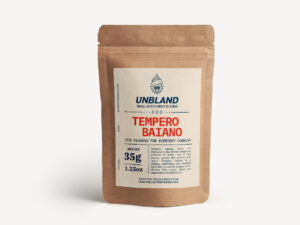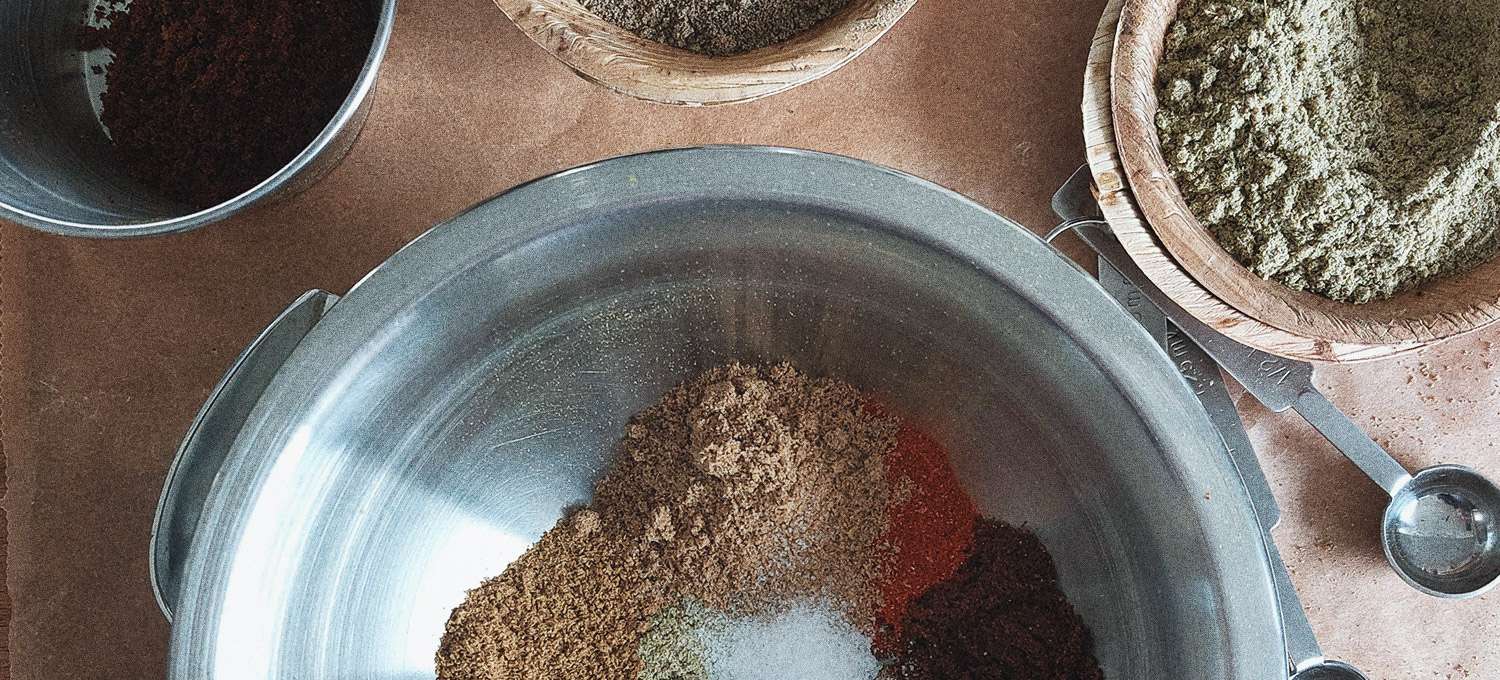Food tells us about culture and history. Food is an integral part of the lives of people worldwide. And as such it can be seen as the cornerstone of both culture and history. And this is no difference for Feijoda, a hearty meat stew and a traditional dish in both Portugal and Brazil. This is the story of Feijoada.
It is said that Feijoada was a dish cooked by African slaves. The slaves would bake beans in the short breaks they were given. And if there were any meat leftovers from the slaves-owner’s house, this would be added. With the end of slavery, the dish found its way into all levels of Brazilian society. From family kitchens to expensive restaurants in the 20th Century.
History
The history of Feijoada goes hand in hand with the history of beans. Black beans, as used in the traditional Feijoada, have their origin in South America. Only after the second half of the 16th Century, other varieties of beans were introduced, some from Africa and other beans from Portugal, known as feijão-fradinho. Its Portuguese origins has made the dish popular across Brazil, but it is also served in places as far away as Angola, Mozambique and Cape Verde, with recipe variations in each country.
New research
Academics have recently challenged the theory of feijoada stemming from slavery in Brazil. Their claim is that the origin of feijoada comes from the European settlers. Beans became one of their main foods thanks to its low-maintenance and lost-cost production. They added in cuts of meat and started to create a stew that could be cooked in large quantities and didn’t demand much effort to make. They soon discovered that the beans from Brazil, the black ones, had more flavor and became popular among the Portuguese settlers.
Regardless of the theory of origin, travelers that passed through Brazil mentioned the central importance that beans had as a national food. And still has.
Feijoada is typically eaten on weekends with family or friends for a hearty lunch. It’s considered comfort food and is often called “food for the soul.” And due to its proportions and heaviness, it’s a dish that needs to be eaten slowly and savored.
Source: Feijoada: a short history of an edible institution
Try and make your own Feijoda using our Tempero Baiano spice blend and add some rich Brazilian flavors to your Sunday bean stew.




